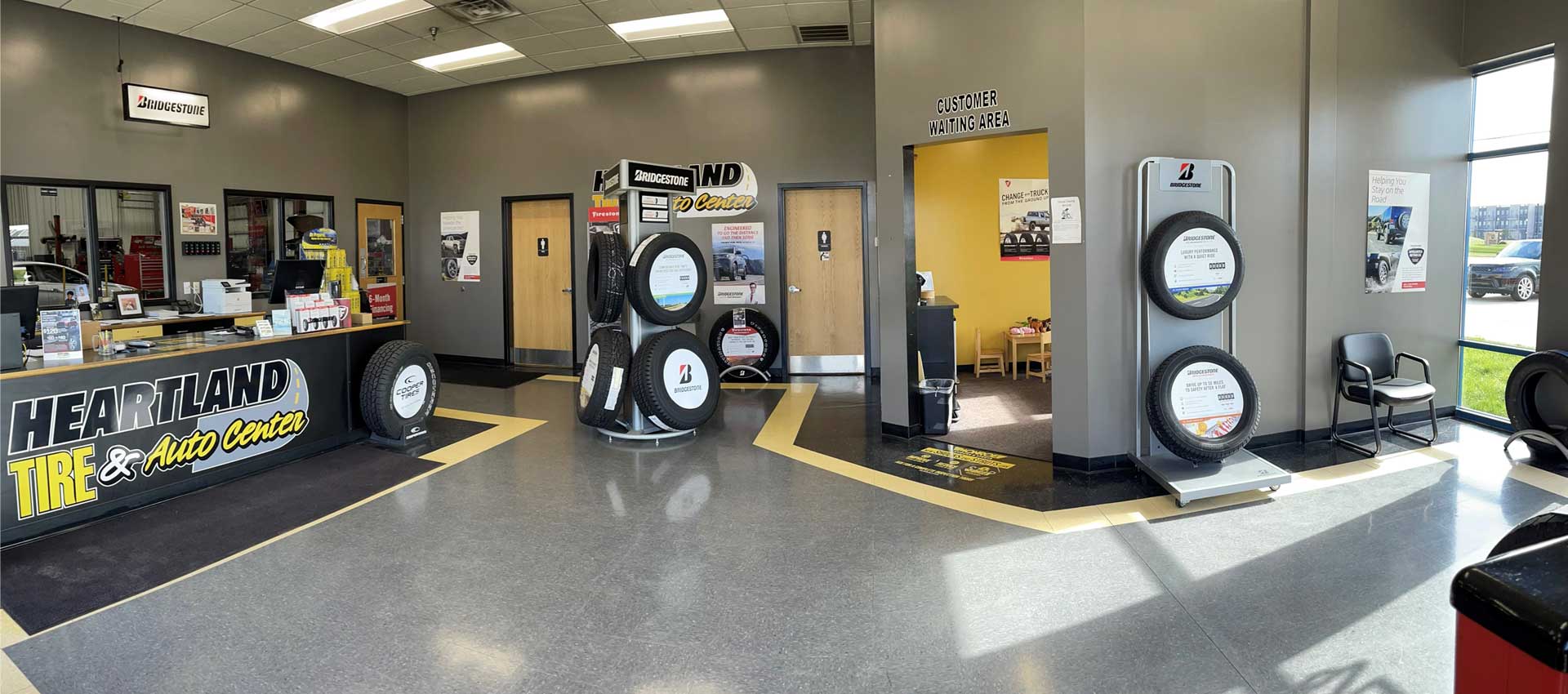Trust Fund Morris Tire and Alignment for Professional Service and Treatment
Trust Fund Morris Tire and Alignment for Professional Service and Treatment
Blog Article
Tire Solution: Recognizing Tire Stress Monitoring Solutions
Understanding Tire Stress Surveillance Solutions (TPMS) is an important aspect of preserving optimum vehicle efficiency and safety and security when driving. With improvements in automotive technology, TPMS has actually become a common attribute in modern automobiles, offering real-time details on tire pressure levels. Digging much deeper right into the intricacies of TPMS, one can reveal the different elements that compose this system and the significance of each in making sure precise surveillance. From straight to indirect TPMS systems, the landscape of tire pressure monitoring varies, each with its special collection of considerations and benefits. Stay tuned to untangle the intricacies of TPMS, from maintenance tips to the undeniable advantages of keeping your tires properly pumped up. tire shop morris.

Significance of TPMS
The importance of Tire Pressure Surveillance Systems (TPMS) lies in their ability to enhance lorry safety and security and efficiency via real-time surveillance of tire pressure levels. Keeping the right tire pressure is essential for making sure optimum handling, braking, and overall security of a lorry. TPMS supplies chauffeurs with prompt comments on any underinflated or overinflated tires, enabling for prompt modifications to be made.
Components of TPMS
Comprising numerous crucial elements, a Tire Pressure Tracking System (TPMS) works as a sophisticated security function in modern cars. The primary parts of a TPMS consist of sensing units, a control module, and a warning indicator. Sensing units are typically located in the tire valve stem or connected to the wheel assembly, where they determine tire stress and send information to the control component. The control module processes this information and causes a warning if it spots substantially reduced pressure in any one of the tires. The warning indicator, frequently a symbol on the dashboard, informs the driver to examine the afflicted tire or tires. Some progressed TPMS designs additionally present the real tire pressure readings for each and every tire, providing drivers with real-time information to make certain optimum tire efficiency and security. By monitoring tire stress constantly, TPMS assists stop accidents, lowers tire wear, and improves gas performance, making it a crucial part for automobile security and performance.
Sorts Of TPMS

On the various other hand, indirect TPMS counts on the click automobile's wheel rate sensing units to monitor tire pressure. This system finds underinflation by contrasting the rotational speeds of the wheels. Indirect TPMS is much less expensive than straight TPMS, as it makes use of existing sensing units within the lorry.
While direct TPMS uses extra exact analyses, indirect TPMS is easier in style and commonly needs much less upkeep. Both systems have their constraints and benefits, and the selection in between them usually depends upon variables such as price, lorry make, and individual choice. Recognizing the distinctions between these two kinds of TPMS can aid lorry proprietors make notified decisions relating to tire maintenance and security.
TPMS Maintenance Tips
Conduct regular checks on the tire pressure levels and compare them with the TPMS readings to ensure they are regular. During tire rotation or replacement, make sure that the TPMS elements are managed thoroughly to protect against any kind of potential damage. If the TPMS cautioning light illuminates on the dashboard, attend to the concern without delay by checking the tire pressures and the total system for any mistakes.
Advantages of Appropriate Tire Stress
Preserving appropriate tire stress, as highlighted in TPMS Maintenance Tips, is essential for gaining the numerous advantages connected with optimum tire stress levels. One of the key benefits of maintaining the correct tire stress is boosted gas performance. When tires are appropriately pumped up, there is less rolling resistance, leading to far better gas economic this page situation. Additionally, proper tire stress makes certain also tire wear, extending the lifespan of the tires and advertising much safer driving conditions. With the right tire stress, cars likewise have much better handling and traction, especially in negative climate problems. This can enhance total driving performance and safety and security for the motorist and travelers. Preserving optimal tire pressure can add to a smoother and a lot more comfortable experience by reducing resonances and noise created by underinflated tires. To conclude, the advantages of appropriate tire stress surpass simply tire longevity; they read this incorporate improved gas efficiency, boosted safety, much better car efficiency, and overall driving convenience.
Conclusion
To conclude, understanding tire pressure tracking systems (TPMS) is crucial for maintaining optimum tire stress and making certain automobile safety. By recognizing the significance of TPMS, knowing with its parts, recognizing the various types available, adhering to proper upkeep ideas, and understanding the benefits of maintaining proper tire pressure, vehicle drivers can boost their driving experience and lengthen the life-span of their tires. Correct tire stress is crucial to secure and effective vehicle operation.

Report this page